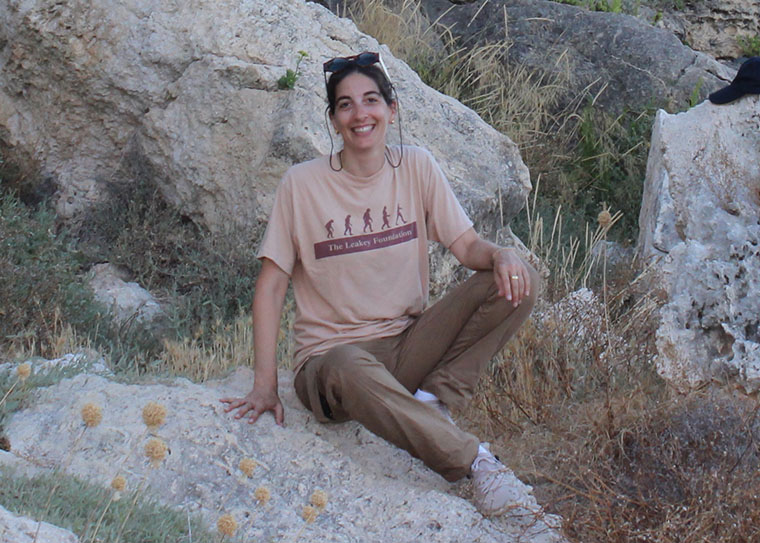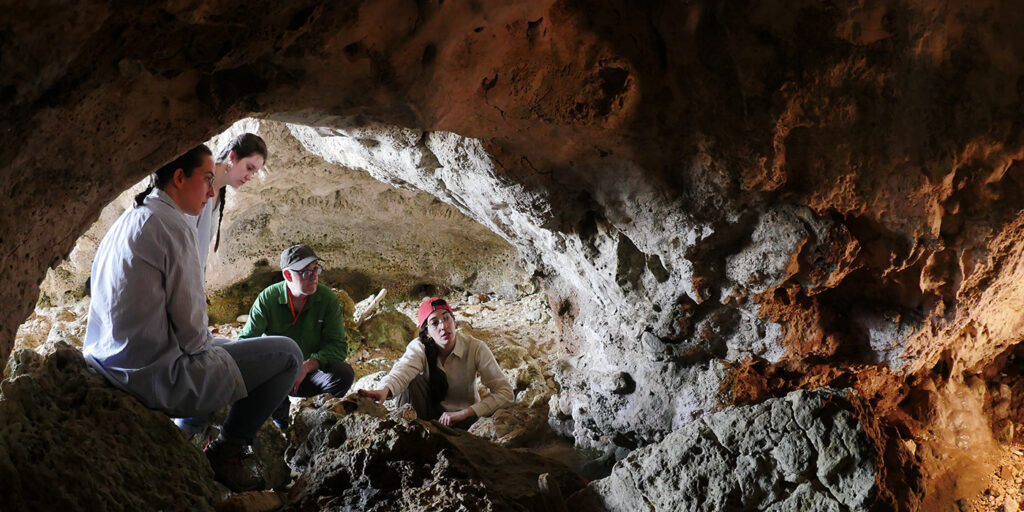Archaeological surveys led by scientists at Washington University in St. Louis suggest that coastal and underwater cave sites in southern Sicily contain important new clues about the path and fate of early human migrants to the island.
A new study in PLOS ONE reports and assesses the contents of 25 caves and rock shelters, most of them first identified between 1870 and the 1990s but essentially lost to science over time. Study authors also conducted new land and underwater surveys in previously unexplored coastal areas and uncovered three new sites that contain potentially important archaeological sediments.
“What we are looking for is not just the first person who arrived, but the first community,” said Ilaria Patania, an assistant professor of archaeology in Arts & Sciences. “Understanding the timing of the initial colonization of Sicily provides key data for the pattern and mode of the early expansion of Homo sapiens into the Mediterranean.”
Sicily is considered by many scholars to be the earliest island in the region to be permanently occupied by human ancestors, but when and how the early migrants accomplished this feat remains unknown. Sicily is less than two miles from mainland Italy, but the water crossing would have been extremely difficult for early humans.

Other studies have primarily focused on possible entry points on the island’s northern side.
“This research shows that new ways of thinking and looking can reveal patterns that weren’t visible before,” said T.R. Kidder, the Edward S. and Tedi Macias Professor of anthropology in Arts & Sciences at WashU, a co-author of the new study.
“Previous scholars assumed that sites on the southern coast of Sicily would be eroded or too damaged to yield useful information,” Kidder said. “But finding underwater sites opens up a whole new terrain to study. It allows us to reconsider routes of migration of these earliest modern human ancestors.”
